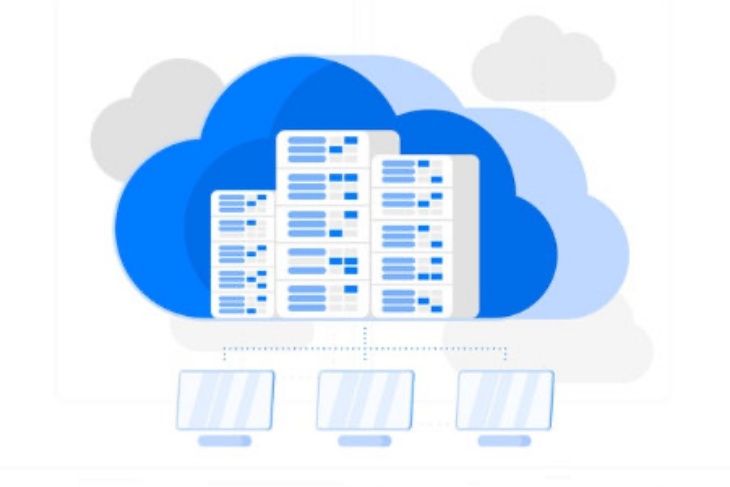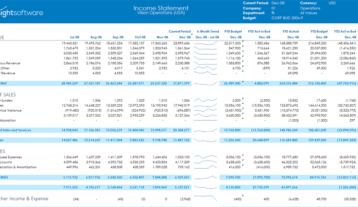Exploring Oracle’s Push to the Cloud

For the past few years, enterprise software companies have been steadily increasing efforts to move their customers to the cloud. While they spend a great deal of time touting the benefits of the cloud for their customers, they clearly see advantages for themselves as well: increasing revenue with more stable and predictable revenue streams, higher visibility to how customers are using their product, the ability to more easily push fixes down to customer environments, and more.
Oracle is certainly no exception to this trend. Although Oracle arrived a bit later to the game than some of its competitors, the company has gradually been turning up the volume on its push to the cloud. Oracle has re-aligned its sales organization and incentives to prioritize cloud sales, and it has communicated consistently and effectively about its cloud strategy. The overall message is clear: Oracle’s long-term vision is to migrate its customers to the cloud.
Oracle, SAP, and others have indicated that support for their on-premises solutions will eventually end. Even in the face of such statements, though, most customers appear to be proceeding with caution and are closely watching as vendors signal their long-term plans for on-premises support.
On-Prem Still Prevails
The vast majority of customers are still using on-premises software for most of their business processes. While many companies are evaluating the merits of the cloud, relatively few of them have actually taken the plunge. Most people are resistant to change, and business technology leaders are no exception.
Many decision-makers also perceive cloud solutions as being more expensive. For Oracle, the license price for SaaS products is more or less double that of the on-premises alternative. The company argues that these price increases are offset by other savings, such as the elimination of hardware and in-house data center costs. For most customers, though, the difference in price presents a significant barrier.
An even bigger issue, however, is an aversion to risk. In heavily regulated industries especially, few companies are ready to fully commit to the cloud. They have seen the horror stories about high profile hacking incidents such as those experienced by Target, Equifax, Home Depot, and others. While security vulnerabilities are by no means limited to cloud-based systems, there is a perception of higher risk exposure that continues to deter many customers from moving to a public cloud platform.
Another issue is the perception of vendor lock-in. It is already challenging to migrate away from Oracle’s products, but enterprise cloud solutions shift a significantly higher portion of the IT landscape to a single vendor. Oracle is offering servers, storage, database, backup, and other infrastructure and platform tools as part of a whole-product SaaS package. That has some distinct advantages, but it makes it even harder and more expensive to move to a different vendor down the road, should it be an organization’s desire to do so.
This is not to say that there aren’t some excellent reasons for moving to the cloud. Regions Financial Corporation, for example, is a large US bank that proudly proclaims itself to be a loyal Oracle shop. The corporation sees benefits in moving to the cloud, but it prefers an incremental approach. The bank plans to stick with its on-premises software for central operations, but in the shorter term, it intends to roll out cloud-based solutions for its regional offices. Like many other customers, Regions Financial is closely watching what Oracle support is doing with its support programs for on-premises software.
End of the Road for On-Prem?
Most enterprise software vendors have indicated that support for on-premises solutions will eventually come to an end. This is a common theme from the tech companies these days, but will customers buy it? Oracle’s chief competitor, SAP, suffered a black eye last year when it announced plans to end maintenance by 2025. After significant pushback from customers, SAP extended that deadline and announced plans to continue maintenance through 2027, with the option to extend that through 2030.
In contrast, Oracle has been somewhat more generous regarding its timeframe for sunsetting on-premises support. With its 10-year rolling support policy, Oracle has committed to supporting version 12.X of the E-Business Suite through at least 2030. That’s longer than most people anticipated, and it should be a welcome policy for most customers.
Oracle has also been much better at communicating its overall roadmap than the competition. The company doesn’t always move quickly, but like every company, Oracle aims to support as few versions of their products as possible.
The Risk of Creating “Change Events”
For Oracle, there is a risk that an aggressive push toward the cloud could backfire. If customers are faced with “forced” migration, they may take that as a cue to look around at other alternatives in the market. For Oracle, this is an opportunity as well as a threat. After all, other vendors are doing the same thing, and it could create new customer acquisition opportunities as IT decision-makers pause to re-assess their vendor relationships.
Just as SAP has discovered that there are some limits to what customers will tolerate, Oracle understands that it can only go so far in dictating whether or when its customers will migrate to the cloud. Oracle will likely incentivize customers to remain loyal.
Looking to the Future
The question remains for all enterprise customers, regardless of which vendors they work with today: Will the move to the cloud eventually be mandatory? Clearly the managers at Oracle would like the answer to be yes, but so far, they are encountering resistance. There are significant benefits to being in the cloud, but most customers are still hesitant.
The key takeaway here is that while enterprise vendors are eager to make the move to 100 percent cloud-based solutions, customers simply are not yet sold on the idea. Oracle is pushing the “cloud-first” message hard through its sales organization and compensation policies, and in its messaging to customers. However, the market continues to take a wait-and-see approach as pricing, security, and vendor lock-in remain as key concerns.










